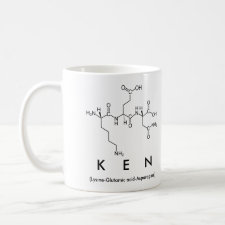
Authors: Sellergren B, Shea KJ
Article Title: Influence of polymer morphology on the ability of imprinted network polymers to resolve enantiomers.
Publication date: 1993
Journal: Journal of Chromatography
Volume: 635
Issue: (1)
Page numbers: 31-49.
DOI: 10.1016/0021-9673(93)83112-6
Abstract: Network copolymers imprinted With L-phenylalanine anilide (L-PheNHPh) exhibit an affinity for the print molecule. The binding of L-PheNHPh to the polymer can be quantitatively evaluated by employing the material as a stationary phase in a HPLC experiment. The degree of separation of the D and L enantiomers of PheNHPh (alpha value) is used to establish the influence of polymer morphology on polymer performance. Factors that promote stabilization of the template- polymerizable monomer complex prior to polymerization results in polymers with stronger and more selective binding of the substrate. Interestingly, a gel-like non-porous polymer performed similarly to a mesoporous polymer. Performance is also improved upon heat treatment of the polymers and various ways to inhibit the molecular recognition effect are demonstrated



Join the Society for Molecular Imprinting

New items RSS feed
Sign-up for e-mail updates:
Choose between receiving an occasional newsletter or more frequent e-mail alerts.
Click here to go to the sign-up page.
Is your name elemental or peptidic? Enter your name and find out by clicking either of the buttons below!
Other products you may like:
 MIPdatabase
MIPdatabase









